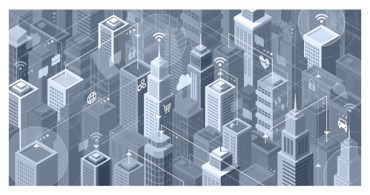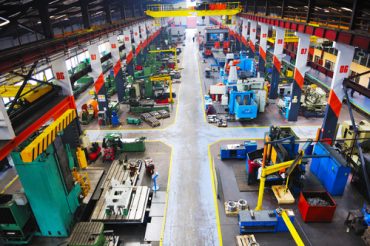
By 2026, the number of sensors deployed in smart buildings will exceed one billion. As a result, more AI deployment will follow to provide insights into the building data they collect.
The amount of buildings deploying smart technologies is expected to triple by 2026, as building operators and residents attempt to lower energy costs and improve the environment for occupants.
Featured Resource: Building a 5G Blueprint to Speed Deployment and Time to Revenue [View Now]
Market research firm Juniper Research published the study, which evaluated the current smart building market and projected forecasts for the future. In it, the research team said that smart building deployments will accelerate from 45 million today to 115 million by 2026.
SEE ALSO: Are Autonomous Buildings on the Horizon?
In 2026, the amount of sensors deployed in smart buildings will also exceed one billion. Juniper Research projects that there are currently 360 million sensors deployed. More AI deployment will follow, providing operators with more data on the building.
Providing a way for building operators to better manage the energy costs and usage has been of critical importance in North America and Europe, where the price of electricity has increased dramatically in 2022.
Operators are also interested in creating safe and comfortable spaces for residents, through the use of analytical software to reveal the most popular areas of a building or which areas get the least amount of natural light.
“Smart building platform vendors will understandably focus on non-residential use cases, as these provide a stronger return on investment, but they should not neglect the importance of residential deployments, as environmental concerns intensify,” said co-author, Dawnetta Grant.
The advancement of co-working in North America and Europe has led to a lot of changes in the management of commercial real estate, as building operators look to optimize work areas for occupants. At the same time, flexible work hours has forced operators to look at ways to continuously power facilities, while saving on energy bills.
Featured Resource: Building a 5G Blueprint to Speed Deployment and Time to Revenue [View Now]







